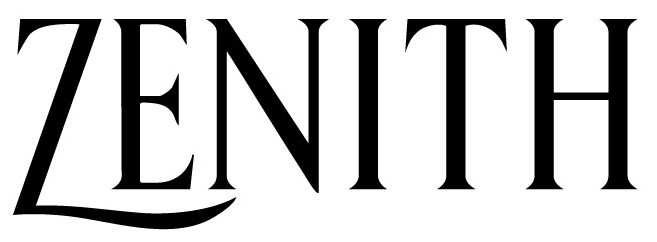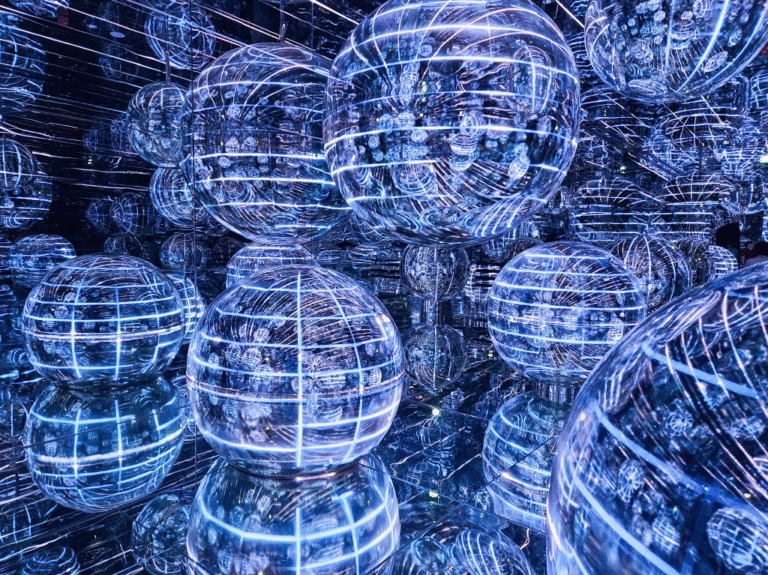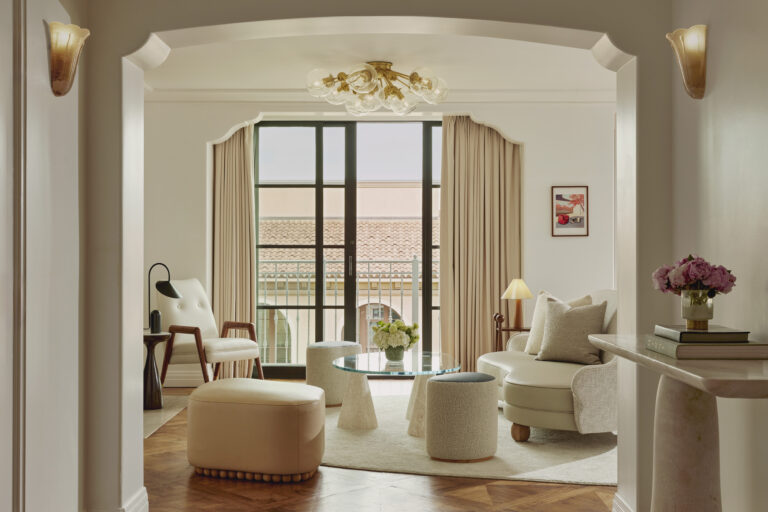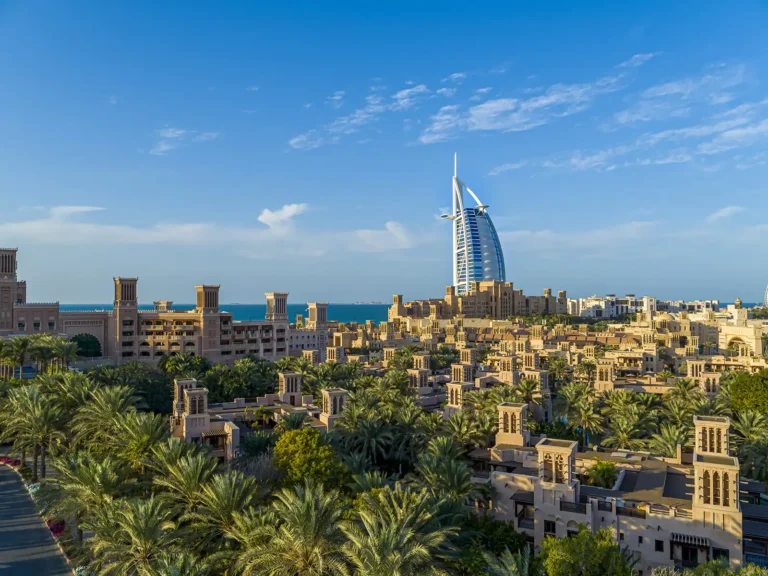Tucked into the rugged peaks of Oman’s Jabal Akhdar lies Hotel Indigo – a luxury lifestyle property that doesn’t just invite you to stay, but to feel where you are. At the helm is James Reeves, General Manager since January 2022, who has guided the project from bare concrete to an award-winning celebration of place, people, and story. I sat down with him to explore how a hotel can become an immersive narrative, and what it takes to keep that story alive long after the opening.
Bilal Muhammad: Tell me who you are and what you do at Hotel Indigo.
James Reeves: I’m the General Manager at Hotel Indigo Jabal Akhdar Resort & Spa. I joined in January 2022, when the property was still just a shell. Since then, I’ve worked closely with our design and engineering teams out of Dubai, along with our art consultants, to bring the hotel to life and open it with a distinct identity
BM: Hotel Indigo is known for weaving local culture into design. How does this property reflect its surroundings?
JR: That’s central to our DNA. Before design began, we commissioned a journalist to produce a 180-page cultural brief on the region – covering everything from the silversmiths of Izki to the history of Sadu weaving, and the fossil-rich mountains of Jabal Akhdar. That document guided the entire creative direction.
Designers took different sections – one focused on rooms and corridors, another on public spaces, and another on the spa – and translated those cultural elements into the architecture and interiors. For instance, each guest room includes a piece of 270-million-year-old petrified wood from Oman, a nod to the region’s geological heritage.
Even the coffee tables in the suites have hand-forged, locally inspired metal designs reflecting the topography of the terrain. Every floor features 3D floral art drawn from the mountain’s flora – rose, saffron, pomegranate – embedded into the walls.

BM: What part of that process was most rewarding for you?
JR: We just won a 2025 award for “Best Use of Art in a New Hotel.” Our art consultants thanked me for pushing them – for never accepting the first, second, or even third draft.
One standout is the 26-meter-long mural in our rooftop bar. It took six months to complete with a line artist from India. The brief was simple: reflect the view at night, in reverse. So we included native flora and fauna – the Nubian ibex, fig trees, foxes, raptors – to create something that captures the essence of the mountain. It’s one of the first things guests see when they arrive upstairs, and they’re always blown away.
BM: Have you incorporated local artisans into the project?
JR: As much as possible. One example is the full-sized donkey sculpture in the lobby. The saddle and bags are real, purchased from a nearby village that still uses donkeys for transport. It even smells authentic.
We also commissioned an artist to sketch the property’s construction in watercolor. Those pieces now hang in a corridor just off the lobby. Guests love them – it connects them to the journey the hotel went through.

BM: The hotel feels like a storytelling experience. Was that intentional?
JR: Absolutely. Guests today don’t want cookie-cutter hotels. They want meaningful, place-specific experiences. Indigo as a brand is all about reflecting the neighborhood. No two Indigos are alike – whether you’re in Texas or Oman, the property tells the story of where you are.
That ethos has helped redefine the brand. We’ve shifted from “premium essential” into the “luxury lifestyle” space, and I think our hotel is one that’s helping to lead that evolution.

BM: How do you keep that storytelling alive beyond the opening?
JR: You have to activate the space constantly. For example, we bring in visiting wellness practitioners to keep the spa dynamic. We’ve launched a six-style V60 coffee experience, an afternoon tea in collaboration with Kamia Tea House, and regularly evolve our F&B offerings.
I also invest in our team. Our Learning & Quality team organizes cultural immersion days. Staff go on guided tours of Jabal Akhdar and nearby villages, learn the stories behind the landscapes, and try the cuisine. That way, when a guest asks, “What should I see today?”, the answer is authentic and personal.

BM: How do you foster that sense of creativity within your team?
JR: I ask managers to go back to their teams and ask simple questions: “How was breakfast?” “How could it be better?” “How did your guest respond to that treatment?”
We don’t lead top-down. If someone has an idea – say, a new dish or concept – I encourage them to create it themselves. Our cauliflower steak came about this way. I suggested it. The chef raised an eyebrow. I said, “It’s your baby. Go away, speak to the team, and make it yours.” And they did. It’s one of our most-loved dishes now.

BM: Do guests comment on specific design elements?
JR: The donkey in the lobby always gets attention. But also the mural on the rooftop, the framed watercolors, and our 1983 Land Rover Defender – which we craned onto the rooftop and built a dessert kitchen around. We even had it painted to match the mural.
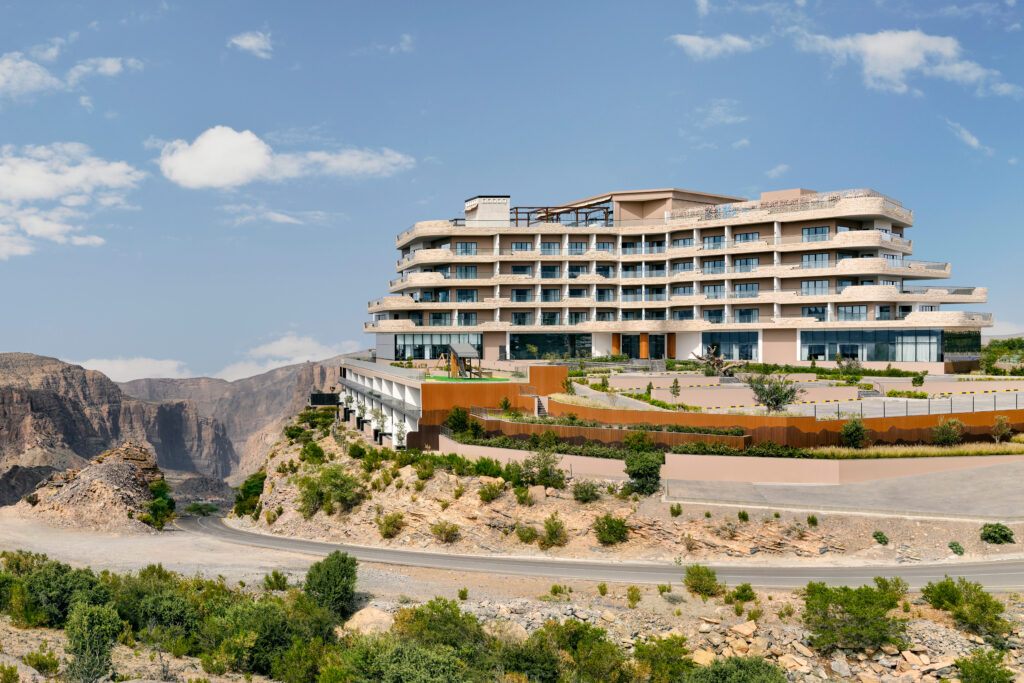
BM: One last question. Is food art?
JR: Absolutely. Food is chemistry, memory, and emotion. It’s also deeply cultural. We use all Omani seafood and produce, elevate traditional dishes with contemporary twists, and let our chefs explore. That’s the key – art, design, service, food – it all must come from within. If it doesn’t, it’s not storytelling. It’s just selling.
Hotel Indigo Jabal Akhdar isn’t just a luxury stay – it’s a layered narrative woven into every surface, scent, and sip. In James Reeves’ world, the mountain speaks – and guests, for a moment, get to live inside the story.
